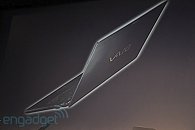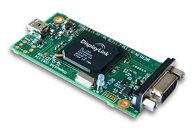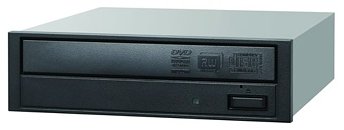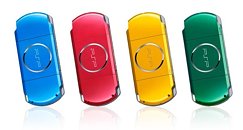
Sony Develops Hybrid FPA Technology, Lowers LCD Response Times
Sony Corporation has developed "Hybrid FPA (field-induced photo-reactive alignment)", a new liquid crystal alignment technique which enables a significantly faster response time for liquid crystal displays. Fast responses of less than 3ms have been achieved in test cells through this technology. Aside from contributing to 'picture quality enhancement in 3D and high frame rate video', this technology will improve 'product stability' during the display panel manufacturing process as well as after long-term use. Additionally, this technology will achieve production efficiencies by reducing the manufacturing process and time.
Sony previously developed the "FPA *1" high-speed liquid crystal response alignment technique based on vertical alignment (VA) liquid crystal modes. One method for improving liquid crystal response time is to generate pre-tilt of the liquid crystal molecules. "FPA" technique uses the alignment layer developed by Sony and maintains pre-tilt of liquid crystal molecules by irradiating UV while applying voltage in manufacturing process. This facilitates the stable and even alignment of the liquid crystal molecules *2, thus achieving improvements in both liquid crystal response time and the contrast ratio. In addition, this has made it possible to eradicate the Mura (uniformity problem) in the display as well as to eliminate the 'sticking image' that can occur after long-term use.
Sony previously developed the "FPA *1" high-speed liquid crystal response alignment technique based on vertical alignment (VA) liquid crystal modes. One method for improving liquid crystal response time is to generate pre-tilt of the liquid crystal molecules. "FPA" technique uses the alignment layer developed by Sony and maintains pre-tilt of liquid crystal molecules by irradiating UV while applying voltage in manufacturing process. This facilitates the stable and even alignment of the liquid crystal molecules *2, thus achieving improvements in both liquid crystal response time and the contrast ratio. In addition, this has made it possible to eradicate the Mura (uniformity problem) in the display as well as to eliminate the 'sticking image' that can occur after long-term use.
























